- Home
Page 2
Page 2
 Cosmos
Cosmos Murmurs of Earth
Murmurs of Earth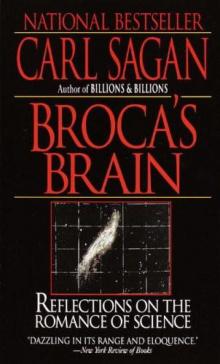 Broca's Brain
Broca's Brain Comet
Comet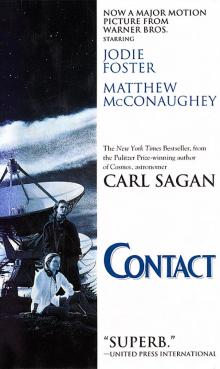 Contact
Contact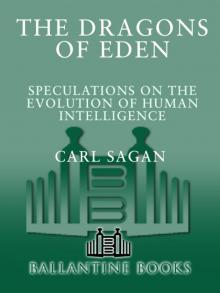 Dragons of Eden
Dragons of Eden Cosmic Connection
Cosmic Connection Shadows of Forgotten Ancestors
Shadows of Forgotten Ancestors Billions & Billions
Billions & Billions Comet, Revised
Comet, Revised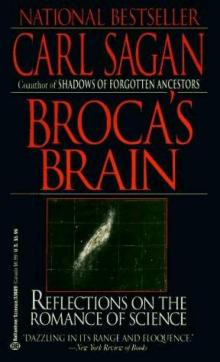 Broca's Brain: The Romance of Science
Broca's Brain: The Romance of Science The Varieties of Scientific Experience: A Personal View of the Search for God
The Varieties of Scientific Experience: A Personal View of the Search for God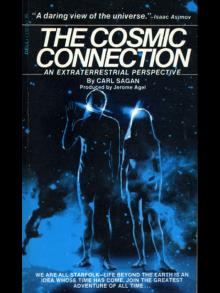 The Cosmic Connection
The Cosmic Connection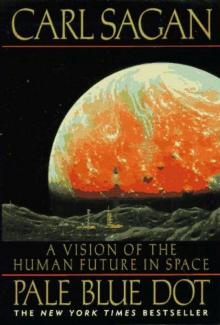 Pale Blue Dot: A Vision of the Human Future in Space
Pale Blue Dot: A Vision of the Human Future in Space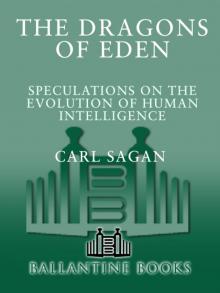 The Dragons of Eden
The Dragons of Eden